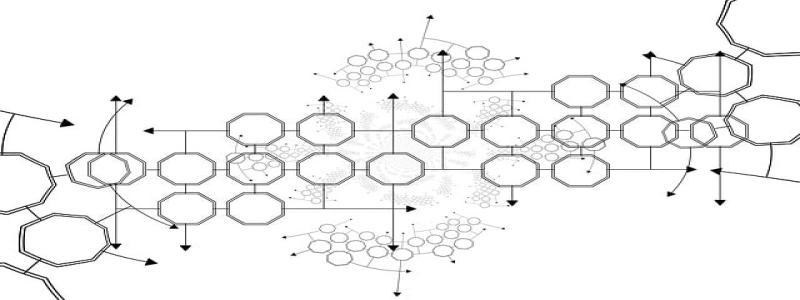Mass Attenuation Coefficient
Introduction:
The mass attenuation coefficient, often denoted as μ/ρ, is a crucial quantity in the field of radiation physics. It represents the ability of a material to attenuate a particular type of radiation. By measuring the mass attenuation coefficient, scientists can gain insights into the interactions between radiation and matter. This article aims to provide a comprehensive explanation of the concept and its significance.
I. Definition:
The mass attenuation coefficient is defined as the ratio of the linear attenuation coefficient (μ) to the density (ρ) of the material. It is expressed in units of cm^2/g. The linear attenuation coefficient represents the probability of an incident radiation beam interacting with the material and losing its intensity.
II. Calculation:
The mass attenuation coefficient can be determined using various experimental methods or theoretical calculations. Experimentally, it involves measuring the intensity of a radiation beam before and after passing through a material of known thickness and density. By analyzing the data, scientists can obtain the mass attenuation coefficient for the specific radiation and material.
III. Importance:
The mass attenuation coefficient is a key parameter in a variety of fields. In medical physics, it is crucial for planning radiation therapy treatments. By knowing the mass attenuation coefficients of different tissues and radiation types, medical physicists can calculate the appropriate dosage and ensure the radiation is properly targeted.
IV. Energy Dependence:
It is important to note that the mass attenuation coefficient is dependent on the energy of the incident radiation. Different types of radiation, such as gamma rays, X-rays, or electrons, have different energy ranges and thus differing mass attenuation coefficients. Therefore, when utilizing the mass attenuation coefficient, it is essential to consider the energy of the radiation under investigation.
V. Material Dependence:
Another critical aspect to consider is that the mass attenuation coefficient varies with different materials. Each element or compound has its own unique mass attenuation coefficient. This property allows scientists to identify unknown materials by analyzing the interaction of radiation with the substance.
VI. Applications:
The mass attenuation coefficient finds applications in various fields such as radiography, nuclear medicine, and industrial testing. It helps optimize the use of radiation, allowing professionals to obtain accurate images or measurements while minimizing the doses received by individuals.
Conclusion:
The mass attenuation coefficient is a fundamental concept in radiation physics. It provides valuable information about how different materials interact with radiation of varying energies. Its calculation and understanding are essential for medical and industrial applications. With ongoing research and improvements in measurement techniques, the significance of the mass attenuation coefficient continues to grow, contributing to advancements in radiation science.








